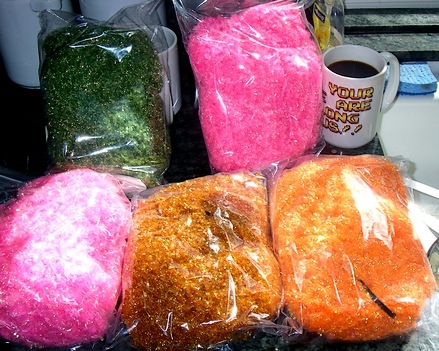My childhood was interspersed with some family member saying, “Hmm” and disappearing into the basement to craft the “John Wayne Super-Sport Rubberband Gun” – allowing me to cut a swath through the opposition forces which were armed with antiquated single shot muzzleloaders.
… as Hisself was the local paperboy with access to millions of rounds of ammunition, life was good for a few short weeks until the partisans discovered rocks …
The lesson is the same, the better mousetrap exists in countless garages and only the occasional product is pursued from napkin illustration to vendor countertop. Those that make the journey can always be improved upon to accommodate new functionality the original design didn’t anticipate.
I had my “Ah-ha” moment last year while doing a little research on surgical scissors. I stumbled across a design that looked promising, bought a couple of sets to try, and liked the result but also recognized it had shortcomings.
Without a foundry and metallurgical skills, I managed to mock up a pair using wire – and that was close enough to be a proof of concept. I had something and the idea was good enough to pursue.

The Singlebarbed “Sixth Finger”, designed to remain in the hand for the duration of the tying session. One over-sized finger hole allows the scissor to be worn like a wedding ring – at the base of the finger and keeps the points away from your work and them precious eyeballs.
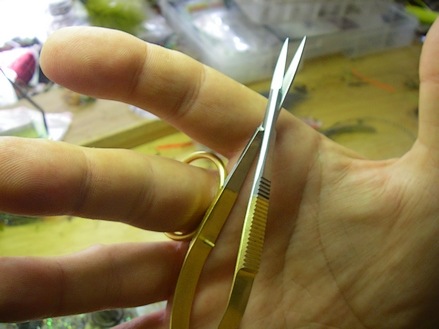
If you watch fly tiers they fall into two groups; those that keep the scissors in their hand at all times, and those that set them down. Bulky finger holes make it more difficult to close your hand around the scissor – and can slightly restrict the use of the fingers during material preparation.
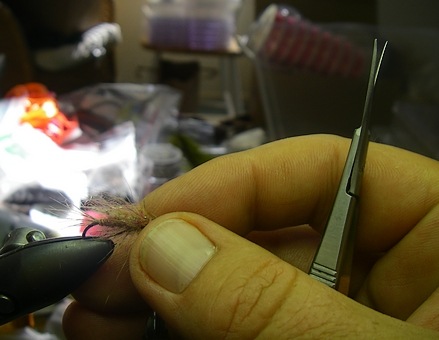
Absent that extra wad of metal, the hand can close naturally around the scissor and give the fingers a full range of motion during material staging and placement.
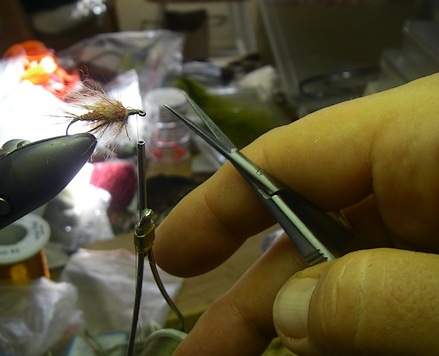
Simply open your hand to make a cut, using the thumb to press on the spring-loaded handle.
These are light scissors with fine points and a finger hole designed for big hammy hands, not the smaller style common to other scissors and the embroidery trade. 4.5” inches long and made of surgical stainless steel with faux gold handles. These will work with either left or right hands.
Angling products are normally colored by Madison Avenue’s blessed action words; “revolutionary”, “extreme modulus”, “laser engraved”, “sublime action”, and “rocket-taper” … Singlebarbed would rather skip the heavy platitudes – rather we’ll let the testimony of our peers divulge just how tasty these scissors perform:
The plastic container said “tear at notch to vent” and I placed the spaghetti and meatballs in the in the microwave and pushed the start button. I was leaning against the sink and watching the table rumble around when I heard the “cla-clunk” of the mailbox lid. I opened the front door and reached into the box and found your package and returned to my lean on the sink while cutting away the clear tape. As I lifted the top of the box I was startled by a large pop and looked up to see that the top had blown off the ready-to-eat-meal and now my lunch was sticking to the ceiling of the microwave.
Luckily for me, I was holding a box full of “quilted packaging material” to assist in red sauce removal. I can’t thank you enough.Oh, and the knuckle-scissors are neat too.
Even the packing material is multi-purpose – as we’ve spared no expense.
Most will find it completely intuitive as the scissor shape and gravity dictates most of the motion.
Three basic positions are used to “holster” or cut with the points. Depending on the size of your fingers most will find the holster position somewhere behind the knuckle and the base of the finger.
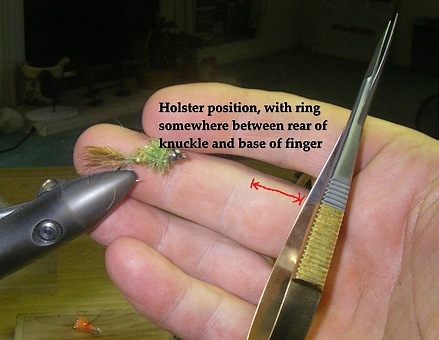
Absent that big metal second finger hole – your hand can flex naturally while positioning materials in preparation for them to be secured to the hook shank. So long as the hand is tilted upward the scissors remain out of the way.
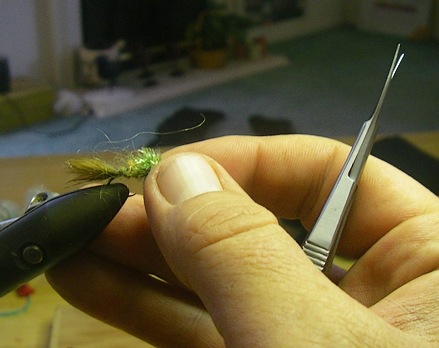
Once the materials are secured with thread just tilt the hand downward and the scissors will fall into the “cut” position. The overly large finger hole allows the scissor more motion on the finger than traditional tying tools – and accommodates larger hands – so chafing is at a minimum.
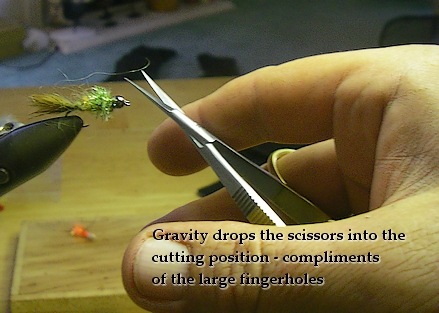
All that remains is to press your thumb against the spring loaded scissor and the cut is made. Tilt the hand and the “Sixth Finger” falls back into the holstered position.
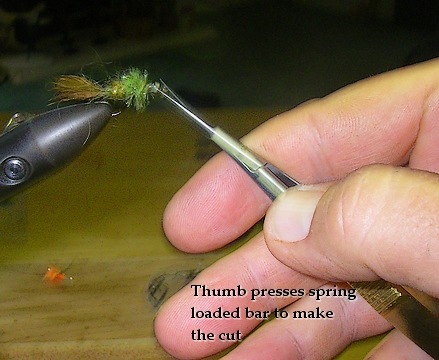
Having tied flies for thirty years and used a wide range of scissors – from four dollar specials to surgeon’s scissors, I’m personally quite thrilled at the result. Having the scissors at the ready cut an additional 30 seconds off of my tying time – compared to regular scissors – and if you’re not used to holding the scissors in your hand you should save at least a minute or two versus hunting for them in the debris at the vise base.
These are fine point – light duty; no cutting of bead chain or prying open tuna cans, heavy work is best left to larger shear-style scissors. These will cover the bulk of your cutting and should provide great service. They will not tire your hand or chafe the ring finger.
From innocent angler to state and local taxes, lawyers, patent discovery, and all the ills I’ve preached against. Not something a fellow does willingly. I suppose it’s moot testament to the rigors of paper napkins and the “better mousetrap.”
I’m counting on you seeing the difference at first use.
Dealer inquiries are welcome.
Tags: Singlebarbed scissor, sixth finger fly tying scissors, surgical stainless, fine point scissors, shameless commerce, fly tying tools, EBAY

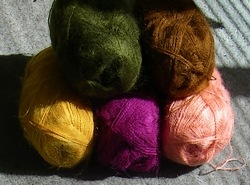 Fishing was frustrating and fun – but meeting my first female brownliner was a first. I was already in deep yogurt with the Missus, so I didn’t compound the sin by chatting longer than pleasantries.
Fishing was frustrating and fun – but meeting my first female brownliner was a first. I was already in deep yogurt with the Missus, so I didn’t compound the sin by chatting longer than pleasantries.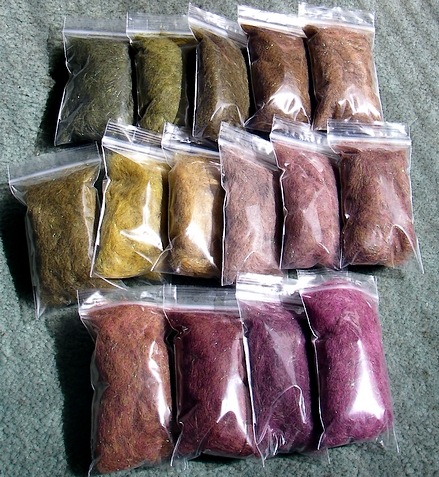
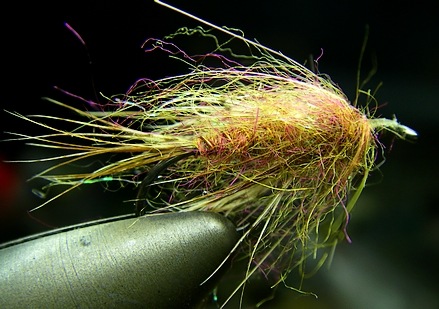
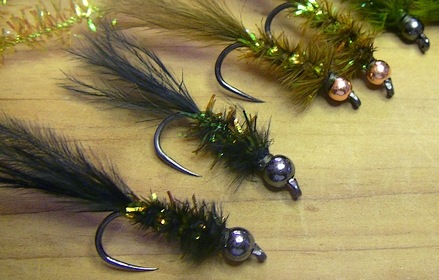
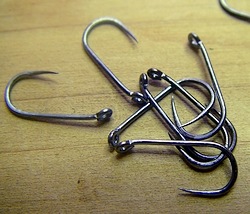 The points are fiendish, much longer and sharper than what I’m used to – and beaked, turned up to hold onto the flesh its just violated.
The points are fiendish, much longer and sharper than what I’m used to – and beaked, turned up to hold onto the flesh its just violated.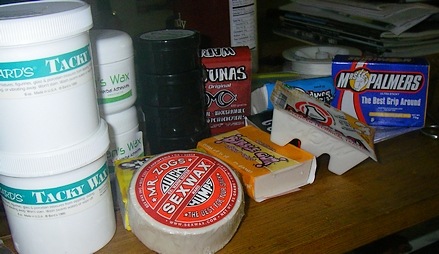
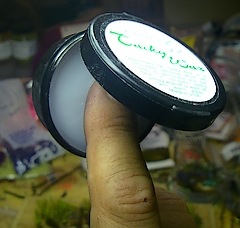 Designed to attach precious artifacts to glass display cases without staining or adding residue. Also called “Miniature Wax” – used by those hobbyists that delight in recreating the battle of Waterloo with lead soldiers, spending months building battle scenes complete with miniature foliage and regiments of soldiers, all of which is secured to the base substrate with small balls of semi-transparent white wax.
Designed to attach precious artifacts to glass display cases without staining or adding residue. Also called “Miniature Wax” – used by those hobbyists that delight in recreating the battle of Waterloo with lead soldiers, spending months building battle scenes complete with miniature foliage and regiments of soldiers, all of which is secured to the base substrate with small balls of semi-transparent white wax.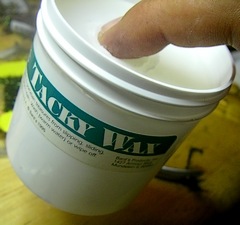
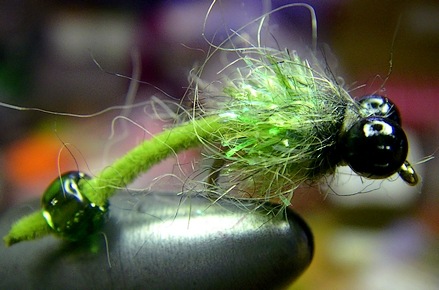
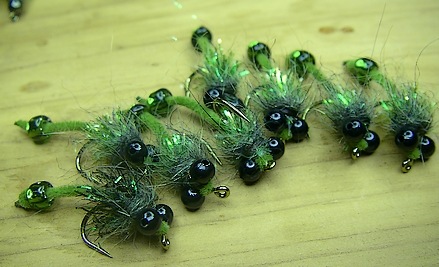

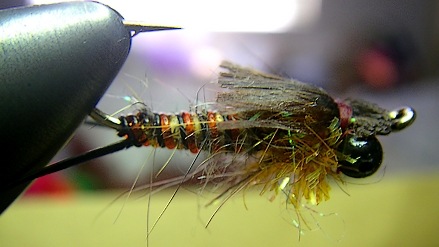
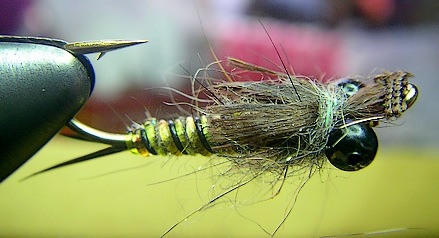
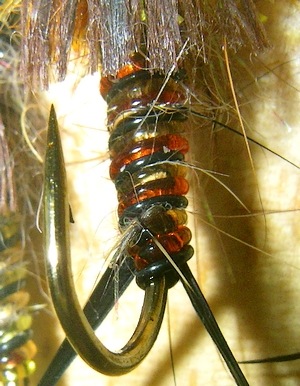 On most patterns I’ll stick a dubbing needle between coils and yank out the underbody. Slick and glassy looks great in a magazine – but I like scruffy and dirty, and have never had much luck on flies that seemed stiff and glossy.
On most patterns I’ll stick a dubbing needle between coils and yank out the underbody. Slick and glassy looks great in a magazine – but I like scruffy and dirty, and have never had much luck on flies that seemed stiff and glossy. They are – the assortment is broader than what we’ve
They are – the assortment is broader than what we’ve 

 Called “Cool Spools” – they show the connector colors but only have violet, rainbow (shown above), black, and dark blue to purchase online. It’s a rather poor web presence – but I called and they mentioned the other colors were available – but not all were in stock.
Called “Cool Spools” – they show the connector colors but only have violet, rainbow (shown above), black, and dark blue to purchase online. It’s a rather poor web presence – but I called and they mentioned the other colors were available – but not all were in stock.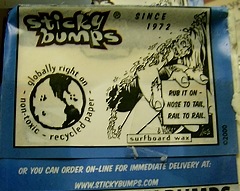 I figured I was uniquely qualified – knowing the stiff and austere demeanor of the
I figured I was uniquely qualified – knowing the stiff and austere demeanor of the 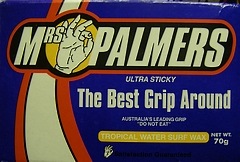 Tropical, Cold, and Lukewarm, describe the melt point of the material so it doesn’t slough off once applied. It also describes whether it’ll be stiff or soft at room temperature and how it’ll wear with you running threads and other materials over its surface.
Tropical, Cold, and Lukewarm, describe the melt point of the material so it doesn’t slough off once applied. It also describes whether it’ll be stiff or soft at room temperature and how it’ll wear with you running threads and other materials over its surface.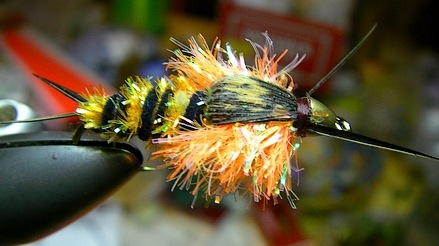
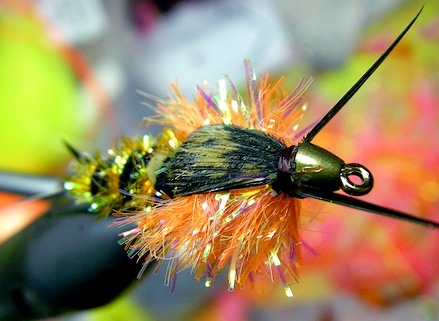
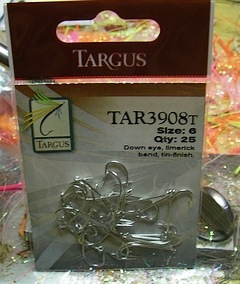 This is the 16mm large size wrapped as a body and hackle – a big bright meaty SOB that might pull some hoary ancient trout out of the depths and into your lap.
This is the 16mm large size wrapped as a body and hackle – a big bright meaty SOB that might pull some hoary ancient trout out of the depths and into your lap.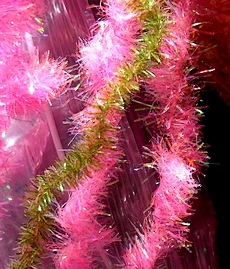 There’s nothing quite like an epic outage of materials on the eve of a trip – where your own shortcomings cause you to lack whatever was required to catch fish…
There’s nothing quite like an epic outage of materials on the eve of a trip – where your own shortcomings cause you to lack whatever was required to catch fish…